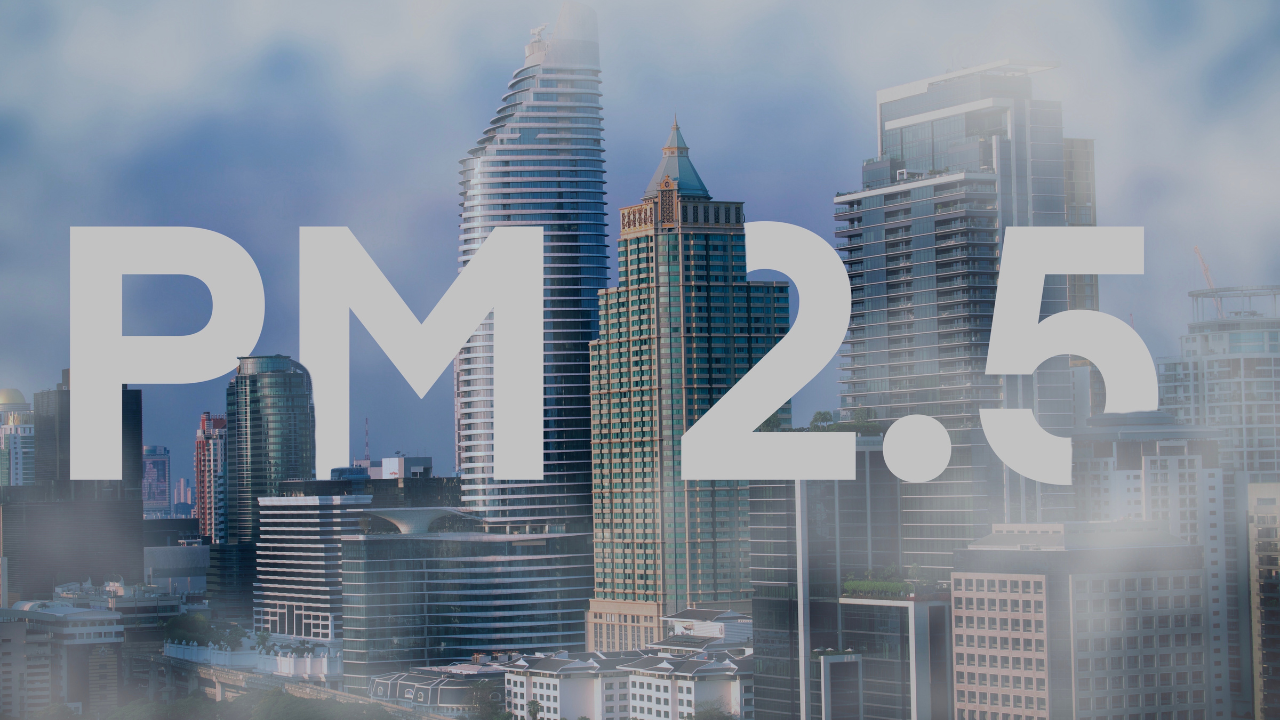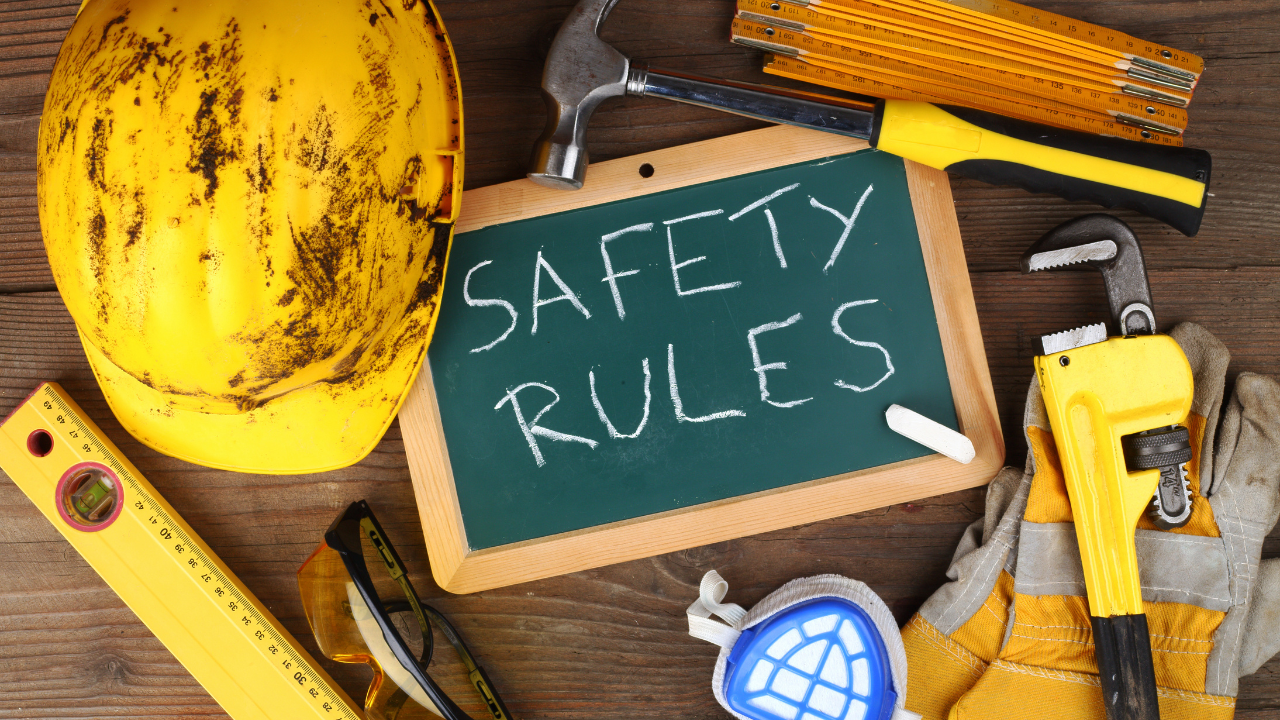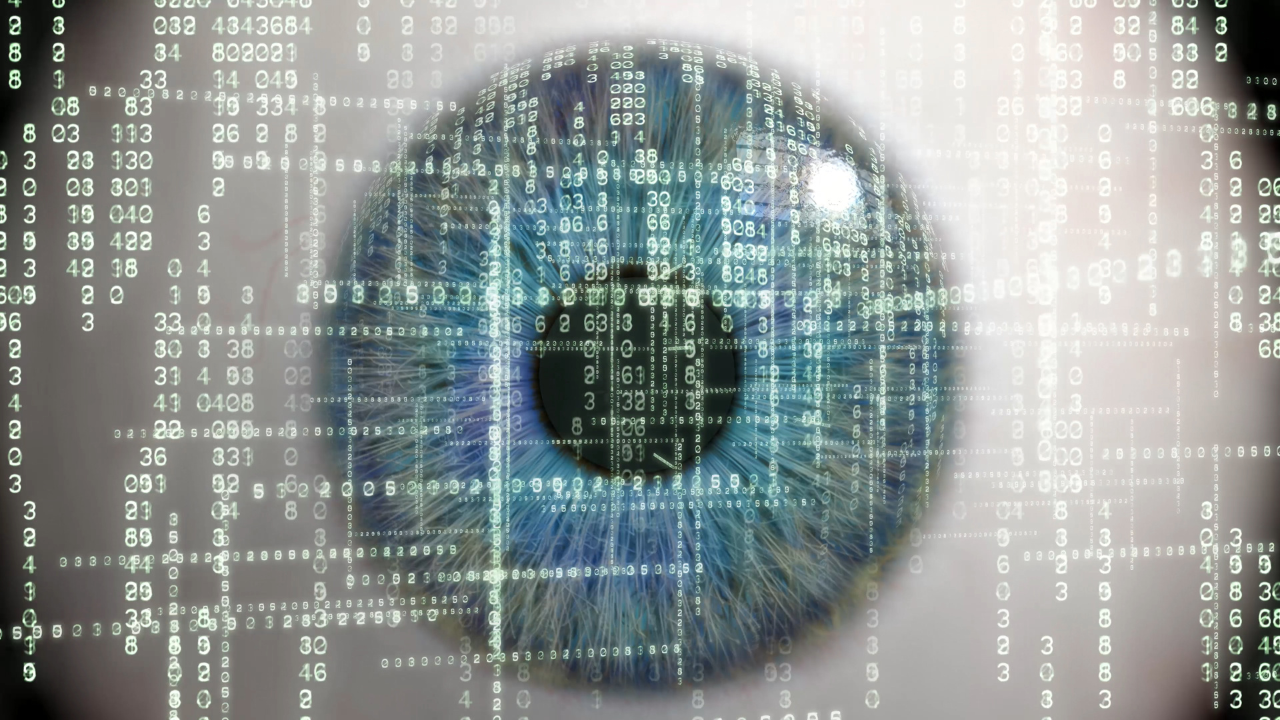











In today’s fast-paced digital world, traditional paper-based student credentials and transcripts are quickly becoming outdated. With the increasing demand for secure, verifiable, and easily accessible academic records, blockchain technology is stepping in as a revolutionary solution.
But what exactly is blockchain, and how can it transform the education system — particularly student records? Let’s dive into how blockchain can revolutionize student credentials and transcripts in the near future.
At its core, blockchain is a decentralized digital ledger that records transactions securely and transparently. Each entry is stored in a "block" and linked to the previous one, forming a chain that is nearly impossible to tamper with. Originally created for cryptocurrencies, blockchain now has applications in healthcare, finance, supply chains — and yes, education.
Before we get into the benefits, it’s essential to understand the issues with traditional academic records:
Easily forged: Fake degrees and altered transcripts are a growing concern worldwide.
Time-consuming: Verifying records across institutions takes time and resources.
Lack of accessibility: Students often need to request physical copies of documents.
Centralized storage: If a school closes or loses records, students may lose proof of their education.
Blockchain offers a modern solution to all these problems.
Once a credential is added to a blockchain, it becomes immutable, meaning it can’t be changed or tampered with. This makes fake degrees and altered grades virtually impossible to create.
✅ Benefit: Increases trust in academic achievements and prevents fraud.
Instead of contacting universities for transcript verification, employers or institutions can instantly verify a credential through the blockchain using a secure, shareable link.
✅ Benefit: Saves time and simplifies the hiring or admission process.
With blockchain, students can own and control their academic records. They can share their verified credentials with employers or universities without needing a middleman.
✅ Benefit: Empowers students and gives them lifelong access to their credentials.
Blockchain credentials can be universally verified, regardless of borders. This helps students applying for international education or jobs without worrying about lengthy documentation processes.
✅ Benefit: Makes global education and work opportunities more accessible.
Any updates, such as new certifications or achievements, can be added in real time. Students and institutions can maintain an up-to-date record of academic accomplishments.
✅ Benefit: Ensures credentials are always current and accurate.
Several organizations are already leading the way in blockchain-based education records:
MIT Media Lab issues digital diplomas using blockchain.
Sony Global Education has created a platform for storing and sharing academic records.
India’s CBSE partnered with blockchain platforms to issue tamper-proof digital certificates.
#trending #latest

The Growing Influence of YouTube in Student Education... Read More.

How Virtual Reality Makes Science Exciting for Students... Read More.
 Fake posts hit Czech PM Fiala's X
Fake posts hit Czech PM Fiala's X
Fake posts disrupt Czech PM Fiala's X account security
 Switzerland Tightens Export Rules
Switzerland Tightens Export Rules
Switzerland expands export controls on dual-use goods
 Google unveils Ironwood AI chip
Google unveils Ironwood AI chip
Google introduces Ironwood chip to accelerate AI tasks & apps
 TSMC Q1 revenue up 42%
TSMC Q1 revenue up 42%
TSMC sees 42% revenue surge in Q1, surpassing forecasts
 Google unveils Ironwood AI chip
Google unveils Ironwood AI chip
Google's Ironwood chip boosts AI processing and app speed
 Amazon CEO Outlines AI Vision
Amazon CEO Outlines AI Vision
Amazon CEO reveals AI investment plans in new letter
 Osaka Hosts World Expo 2025
Osaka Hosts World Expo 2025
Japan blends tech and culture at Osaka Expo 2025 launch
© MyEduGoal. All Rights Reserved. Design by markaziasolutions.com